Authors write what they know, and Frank Herbert was a voracious reader and lifelong learner, so naturally many of the things he explored found their way into his works. Those who study Frank Herbert are likely familiar with his interest in Jung and Zen Buddhism, introduced to him by Ralph and Irene Slattery of Santa Rosa, California. Both were heavily influential in Frank Herbert’s 1965 landmark epic, Dune. Many scholars and fans of Frank Herbert know that the origins of the planet Arrakis, also called Dune, were the coastal dunes near Florence, Oregon, later dedicated and preserved as the Oregon Dunes National Recreation Area in 1972. Frank Herbert’s passion for ecological sustainability is often credited to his interactions with the Indigenous ancestral caretakers of the lands that he roamed throughout his life, Western Washington. That being said, if one looks closely at the Duniverse, as seen in Frank Herbert’s Dune novels, there’s plenty of Washingtonian influences to be found in the Known Universe.
As YT&T readers will remember from our “Around Seattle” article on Tacoma, Frank Herbert was born and raised in Seattle’s working-class neighbor to the south. While he moved away at age 18, he returned to Washington upon the conclusion of World War II, after time spent in Oregon, California, and the U.S. Navy, this time attending the University of Washington in Seattle. Most of the first Dune novel was written in the nine years following his return to Washington, and notes of Tacoma, the Olympic Peninsula, the South Sound, the Salish Sea, Seattle, and the state’s old-growth forests are sprinkled through his Dune series, flavoring the text with details only gleaned through life experiences.
The Tacoma that Frank Herbert grew up in had a few nicknames, including “Grit City,” for its industrial nature, and the “City of Destiny,” as the western terminus of the Northern Pacific Railroad. Frank Herbert’s Tacoma was heavily polluted, with a large copper-and-lead smelter belching columns of waste from its smoke stacks, as well as other industrial pursuits, some of which continue today. (Fittingly and fortunately, the smelter is gone, and where it once stood is now the home of Tacoma’s Dune Peninsula and Frank Herbert Trail, an EPA Superfund site.) Of course, looming over Tacoma are the stratovolcanoes of the Cascade Mountains, most notably Tahoma/Mt. Rainier, and the city is in close proximity to forests that were logged for timber at that time. Consider descriptions of the Known Universe’s Giedi Prime, which is represented as an industrialized volcanic wasteland where the pollution is thick enough to block sunlight, with a few forests maintained by House Harkonnen for logging exports. Sound familiar?
As referenced above, Frank Herbert learned from and developed relationships with the ancestral caretakers of the lands around the South Sound, Olympic Peninsula, and Salish Sea. He surely knew that the mountain the colonizers named Mount Rainier has other, older names given to her by the peoples who have always known her. One is pronounced something like “Tacoma,” in fact, or “Tahoma,” but the relevant point here is that Frank Herbert grew up with the knowledge that just because colonizers rename a place, that doesn’t mean that those who have always been there won’t keep their names alive. And just because the Padishah Empire calls the spice planet “Dune,” that doesn’t mean the Fremen won’t always call it “Arrakis,” at least until that name linguistically drifts into “Rakis.” It’s hard not to wonder if the double names of the volcanic mountain and the spice planet are intentionally related, or if it was a manifestation of subconscious awareness.
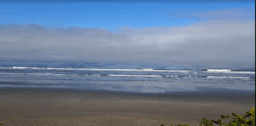
Frank Herbert spent a lot of time on the waters of Puget Sound and the Salish Sea. Remember when Paul is trying to explain to Chani what Caladan is like, with its endless expanses of water? Do you remember later descriptions of the underwater ecology and rich sea life of Caladan’s waters? For an author who grew up seeing and spending time on vast stretches of water, who was aware of the richness of marine life in the waters along Washington’s coast, it seems natural to connect Caladan, and arguably to some extent also Kaitan, with Frank Herbert’s experiences along and just off Washington’s shores.
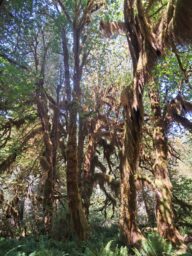
Likewise, the Known Universe’s planet Ecaz, heralded for its botanical and herbal exports, such as the narcotic semuta and the sappho extract used by mentats, feels connected to Frank Herbert’s understanding of just how many medicinal plants come from old-growth forests, particularly old-growth rainforests, such as the Hoh Rainforest on the Olympic Peninsula; after all, young Frank Herbert, according to Brian Herbert’s biography of his father, had met and become “semi-adopted” by “Indian Henry,” whom a few articles find was likely either Hoh or Quilete (a tribe that has long and deep interconnections with the Hoh).
In Heretics of Dune, one learns about the Known Universe’s Lampadas, which is home to not only the Mentat School but also the Bene Gesserit’s educational facilities and library archives. While Frank and Brain Herbert, as well as Tim O’Reilly, note the influence of Frank’s childhood experiences with nuns in how the idea of the Bene Gesserit developed in the author’s mind, I can’t help but wonder how much of his experience at Seattle’s University of Washington influenced his choice to have one planet house both of the Known Universe’s premier intellectual schools and if there’s any relation to the fact that it was at UW where he met the most influential woman in his life, Beverly Herbert (née Stuart), who died half a year prior to the release of Heretics. At the end of Chapterhouse: Dune, the sequel to Heretics, Frank Herbert wrote a touching and extended dedication to Beverly, who often provided feedback on her husband’s drafts and whose keen insights helped him refine his work.
As for the rest of Seattle, by the 1960s the city was already a hub of technological innovation, particularly in transportation and shipping. William Pigott Sr. founded the company now called PACCAR, after its earlier name of Pacific Car and Foundry, in 1907, and found great success with its rail car for transporting massive logs of timber. Today, it owns and manufactures, among other products, Peterbilt trucks, which it acquired in 1954 and are still seen hauling cargo containers all over American highways. Boeing, of course, was also founded in Seattle, in 1916, and was heavily involved in the American efforts in the Space Race at the time, though most people know it now for its commercial airplanes. The United Parcel Service, most commonly referred to as the UPS, was likewise born in Seattle, in 1907. The Century 21 Exposition was originally conceived of as a celebration of science and technological innovation far in advance of it being certified as a world’s fair. Considering the emphasis in the Dune novels on long-distance transportation of people and products and Frank Herbert’s work as a reporter in the Seattle area, one can’t help but speculate about the influence of Seattle’s earliest tech industries on how the author’s mind conceived of the Spacing Guild and its massive Heighliners used for interstellar transportation of people and goods across the Known Universe.
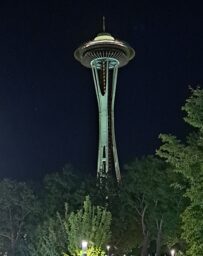
One can’t discount the influence of the 1962 World’s Fair itself, either, when considering Washingtonian influences on the Duniverse. While I have yet to find any confirmation that Frank Herbert visited the Century 21 Exposition, he must have at least known of it. The exposition, of course, was full of technological marvels, including halls full of futuristic and state-of-the-art appliances to make life easier around the house, which brings to mind the planet Ix of the Dune series, known for producing many complex and technologically advanced machines. By the way, as an interesting side note, Pacific Car and Foundry, mentioned above, provided the steel used in constructing the Space Needle for the 1962 World’s Fair!
So, as you visit and explore the area during your time at Seattle Worldcon 2025, know that you are also learning about some of the forces that helped shape Frank Herbert’s Dune series. Perhaps you’ll discover something not mentioned here that will remind you of the Duniverse!
[Editor’s/Author’s Note: As we find ourselves less than two weeks away from Seattle Worldcon 2025, “Building Yesterday’s Future—For Everyone!” and all that it thematically draws from the Century 21 Exposition, the 1962 World’s Fair in Seattle, I wanted include Frank Herbert in the Yesterday, Today, & Tomorrow blog’s “Fantastic Fiction” column for reasons I hope are obvious, though what may be less obvious is that I am enough of a fan and scholar of the Dune novels that I wrote my master’s thesis on Dune. In the past three years since I moved to Tacoma, not remembering it was Frank Herbert’s birthplace until I moved into my house, I keep stumbling across the sort of connections detailed above, and I find it fitting that we are ending this column with his series that was introduced to the world on the heels of the 1962 Seattle World’s Fair.]
Reading List:
Boswell, Sharon and Lorraine McConaghy. “A Model for the Future,” The Seattle Times, 22 Sept. 1996.
Byron, Linda and Don Varyu. “A History of Innovation: How Seattle Changed the World,” Seattle Refined, 27 Jan. 2023.
Herbert, Brian. Dreamer of Dune: The Biography of Frank Herbert. Tor, 2003.
Herbert, Frank. Dune through Dune: Chapterhouse.
Immerwahr, Daniel. “How Is ‘Dune’ So Prescient About Climate Change? Thank This Native American Tribe,” The New York Times, 23 Oct. 2021.
Immerwahr, Daniel. “The Quileute Dune: Frank Herbert, Indigeneity, and Empire,” Journal of American Studies, Volume 56, Issue 2, May 2022, pp. 191-216.
James, Will. “‘Dune’ And The City Of Destiny: How Tacoma Inspired One Of The World’s Most Acclaimed Sci-Fi Authors,” KNKX Public Radio, 25 Aug. 2018.
O’Reilly, Tim, editor. The Maker of Dune: Insights of a Master of Science Fiction. Berkley Books, 1987. (Out of print; can be found at libraries and online.)
O’Reilly, Tim. Frank Herbert. Frederick Ungar Publishing, 1981. (Out of print; available online for free.)
BE Allatt is an independent scholar, author, occasional film crew member, and freelance editor and proofreader who regularly contracts for a hybrid press. They hold an M.A. in Literature with a concentration in science fiction studies from Texas State University, which they earned by writing a thesis on Frank Herbert’s Dune. BE introduced the social sciences concept of mononormativity as a critical lens through which to view SFF in a chapter in the critical anthology Exploring the Fantastic: Genre, Ideology, and Popular Culture (eds. Batzke et al.), and BE’s academic track presentation on Heinleinian Non-Monogamies at the San Jose Worldcon was awarded a prize by The Heinlein Society. Currently, BE serves as Public Information Officer for the International Association for the Fantastic in the Arts (IAFA) and as Lead Editor for At-Con Publications for Seattle Worldcon, as well as Editor-in-Chief for the Worldcon’s Yesterday, Today, & Tomorrow blog. Most importantly, at least as far as the cat is concerned, BE is a dedicated servant to a bossy tuxedo cat named Eimear.
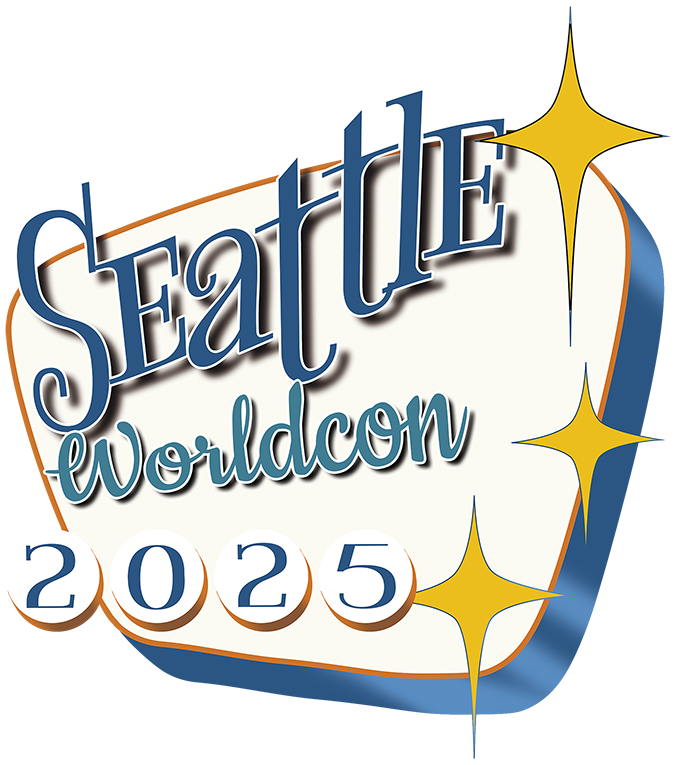
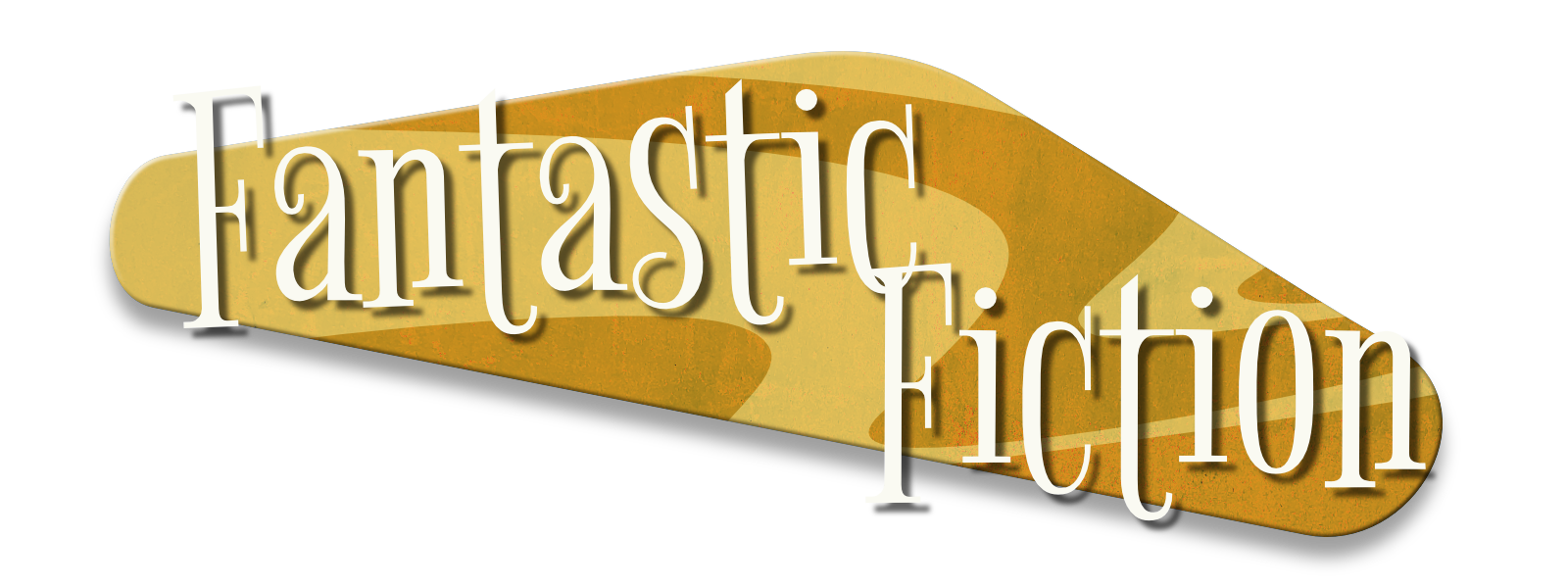
I love it. I am on the “A Needle to Space” panel about the Space Needle, and I came up with a couple of works of fiction that feature it in some way. My favorite is the 1974 storybook “Wheedle on the Needle”, by Stephen Cosgrove and illustrator Robin James, Vintage. Although not genre per se, “Mystery at the Space Needle”, Carole Marsh, 2016 Gallopade International, part of the “Real Kids, Real Places” series, was on the nose. I have not read it, but “It’s Always Sunny in the Space Needle”, 2024, flash fiction by Chris S. Burns at Solarpunk Magazine’s Patreon page sounds very promising too. Thanks!
Thanks! I am glad you enjoyed it and got something out of it!